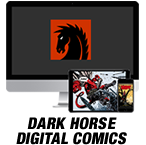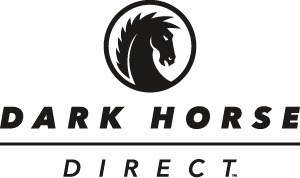Behind the Book: Return of the Wizard King
08/07/2020 5:14pm
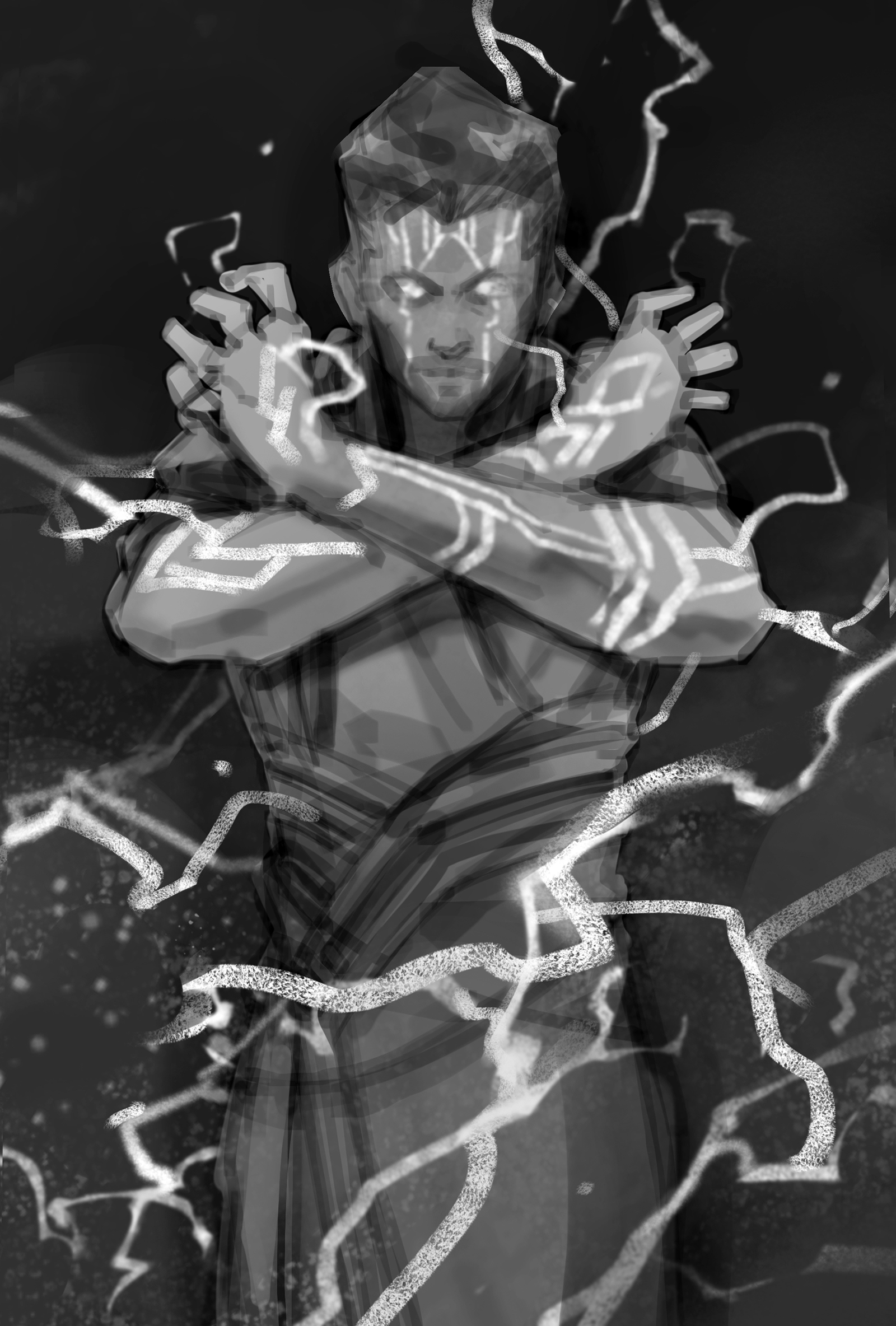 We are thrilled to introduce you to author Chad Corrie and cover artist Micah Epstein, the creative team behind the upcoming Wizard King Trilogy. Both took some time to take us behind-the-scenes on the creative process and how they got where they are today. Return of the Wizard King arrives September 16th and is available for pre-order now.
We are thrilled to introduce you to author Chad Corrie and cover artist Micah Epstein, the creative team behind the upcoming Wizard King Trilogy. Both took some time to take us behind-the-scenes on the creative process and how they got where they are today. Return of the Wizard King arrives September 16th and is available for pre-order now.
Author Chad Corrie:
What drew you to write in the fantasy genre? What were some of your early (and current) literary influences? Non-literary influences?
I first got interested in writing at twelve. And shortly after that I started reading Stephen King. One of those first stories was Cycle of the Werewolf (which I picked up because it was short and had pictures in it—and werewolves, which I was rather big on at the time).
Later I would explore other authors, including some classic ones from centuries back, but when I found Robert E. Howard I was inspired more fully to explore the fantasy genre. Mixed into all this was a whole host of comic book authors, who I also learned from and would further inspire and educate me about writing comics and graphic novels.
As to particular literary inspirations I was rather impressed with how Howard wrote The Screaming Skull of Silence. Though short, it was a rather fascinating story for me at the time and between it and some of his Solomon Kane tales I was inspired to try my own hand at short stories. There were others too along the way, but these were some of the first and original stories that helped influence my literary path, as it were.
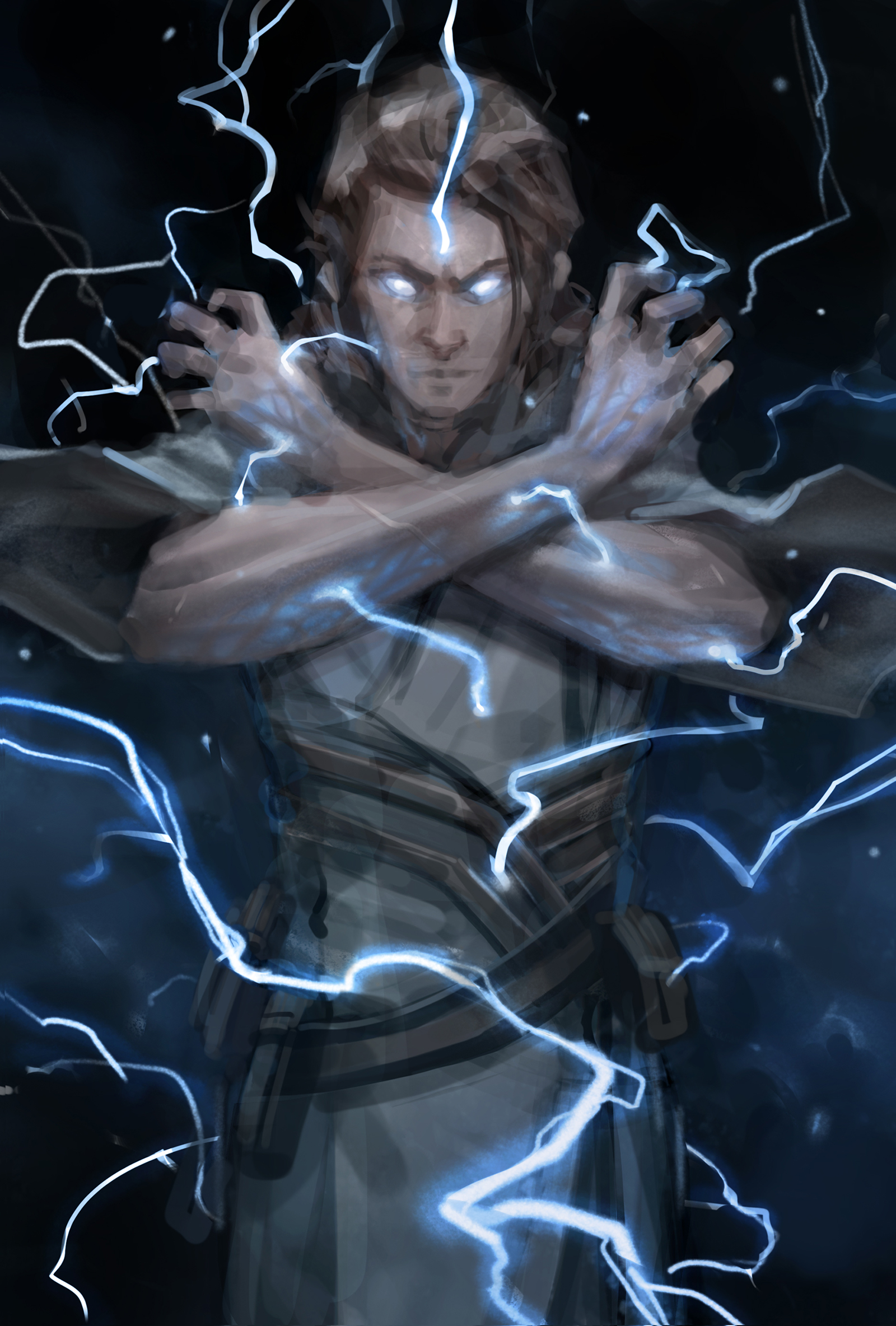
When it comes to non-literary inspirations, let’s just say I grew up in the mid-80’s to late 90’s wherein there was a plethora of pop culture of which one could partake. And this was during the rise of the video game too, which tended to skew more fantasy-based in those early days. So I got to grow up watching the Conan movies, He-man, the Smurfs, Gummi Bears, the Dungeons and Dragons cartoon, Thundarr the Barbarian, Inhumanoids, etc. and all those straight-to-video films that would later get shown late at night on the early days of the Sci-fi (later SYFY) channel and other nascent cable channels of the era. And then there were all the toys and other items associated with them as well as just common toys and art in general, which again, seemed (at least to me) to skew more in a fantasy vein at that time. Lego even had a strong castle/knights series, for example, for much of that time period.
What does your writing process look like? Is everything planned out in an outline ahead of time, or does the story develop more organically?
Some writers prefer a strict regimented plot and outline, others like to make things up as they go along. Over the years the process that has emerged as best for me is more of a hybrid. In general there’s a basic outline and plot I use to start, but I’m not wedded to it. If something comes up where things need to go a different direction or if I think things needed to be flipped in their order or something totally different added in or augmented, I’m free to do so without getting too far outside the basic story parameters. But I don’t end up wandering too far away either as the general plot and guidelines for the story keep me contained in an open enough space for creating.
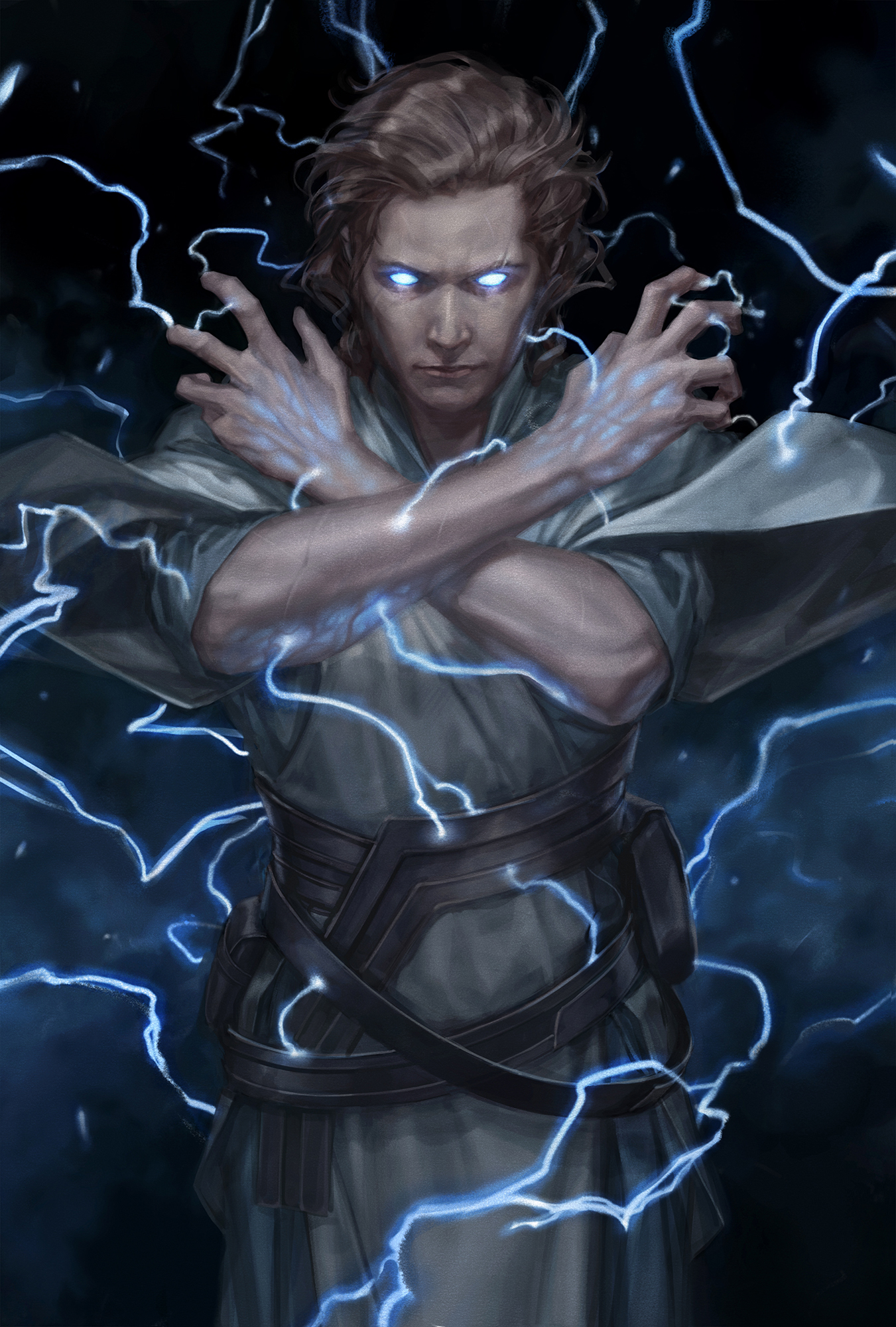 As to the actual writing process itself I tend to work the first draft with the goal of just getting the story told. The second time through I then use the benefit of having the story finished to further flesh out and refine the tale. Subsequent drafts and editing will further refine the story until finally it’s off to the publisher for the last bit of spit and polish before being readied for publication.
As to the actual writing process itself I tend to work the first draft with the goal of just getting the story told. The second time through I then use the benefit of having the story finished to further flesh out and refine the tale. Subsequent drafts and editing will further refine the story until finally it’s off to the publisher for the last bit of spit and polish before being readied for publication. What is your favorite part of the writing process? Least favorite?
Actually, there’s something to like about each part of the writing process. While I know some writers might dislike the editing part or the actual first draft and plotting or other aspects, I’ve learned to better enjoy the entirety of the process more than I have in times past.
If I had to say there’s a favorite part it might be when I reach a point in writing a story when I realize everything is coming together and the actual story is being created. Often when you first start on a new project—especially in something you’re not entirely familiar with at the time (like a newly created fantasy world)—you can sometimes have an intermediate period of trying to find your footing. But after you find it, there’s just a sense of greater connection to things and a higher level of confidence that yes, in fact, you might actually know what you’re doing.
Another moment that I tend to enjoy is when you go through the final edit and proof. For me that’s when I tend to get the most surprised, not so much by what is written, but amazed that it was something that came through me in the first place. Sometimes you’re so close to something you don’t really see the whole and when you’re finally able to do so it can be pretty fun and amazing—even humbling.
As to the least favorite part, perhaps it’s during those times of temporary shifts and adjustments to the tale which can have you second guessing what needs changing and how to go about it—or even if you should, instead waiting it out and seeing if something else needs tweaking after that.
Without spoiling the stories, of course, what were some of the ideas, themes, and dynamics you wanted to explore in the Wizard King Trilogy and its characters? Were there any specific scenes or emotional beats that you were particularly focused on?
In general, the idea was to tell a fun, entertaining story. The other idea was to showcase the world setting without it overcrowding the rest of the tale. Tralodren has a slightly different take on some things that I wanted to try and highlight in various ways. And then there are the unintentional things you discover after going back and reading through things again. You see just how strong some character’s parts were in the story—how some scenes just clicked more than you realized. That’s always interesting and fun.
But as to setting out with some particular scenes I can’t say that I had many in the beginning, though there were a few scenes with Dugan I knew had to be in there and flow just the right way to work the best. And, of course, knowing how best to use the main antagonist in the story, given their unique relationship to events as they unfolded, was something that was given some extra thought early on. But other than that nothing really in particular was an extreme exercise in focus. In general it was just a matter of working on the scene at hand and completing it to flow and continue into the scene after that, and so forth.
What got you into making art to begin with?
My reasons for doing art have shifted over the years, but at its core, art has always been a way for me to interface with things that I like. As a kid, I was always drawing images inspired by whatever novel, comic, or game I was into at the time—it was a way of continuing to play in those worlds, indefinitely and on my own terms. That core principle has remained more or less constant today. The things that I want to explore can differ from painting to painting, but at the end of the day, drawing and painting is a mechanism for exploring ideas, techniques, and emotions that interest me.
It's one of the reasons I enjoy working on covers so much—it's essentially an exercise in finding something in a story to fixate on, a powerful emotive moment or character, and using everything I know to try and bring that to the fore to communicate that feeling with others.
How is making art for book covers different than creating art in general?
Covers are mostly differentiated from other forms of illustration by their goals. It's a mix of universal visual mechanics and my own preferences and convictions about what works and what doesn't. The goal of a cover is, ultimately, to attract the attention of potential readers. In the sea of images on a bookstore shelf (or the internet), a cover needs to stand out and grab the attention of readers with practically infinite reading options (and sales teams, before it even gets to that point). A lot of what I think makes a good cover comes down to direct simplicity. I prefer to arrange the values and colors in a piece for maximum clarity and impact. Within that, I try and pick a single “hook” (a character and their related emotions, a moment from the story, an aspect of the world), distill it down to a single emotion, and then turn that emotion up to eleven. Every form of art has its own strengths, weaknesses, and requirements. In a cover, I'm not trying to tell a lengthy story—that's a job for the text. I'm trying to take an aspect of that text and project it in as bold and memorable a way as possible to get people to pick up the book and wonder what else could be inside.
Well, I certainly think you accomplished your objectives on this first cover. How do you go about making a piece of cover art in general? Could you walks us through the process?
The first step is always to read the story. This isn't always an option (sometimes it hasn't been written yet), but I find it's incredibly helpful for getting a feeling for the emotional beats of the story and really connecting with scenes and characters. I make notes of characters, scenes, visuals, and general feelings that feel significant to the story and could be made into impactful covers. I follow this up with visual research. I spend a while scouring the internet (and sometimes just the outdoors) for related imagery. Some of this becomes reference material for the painting, and some of it is a more general, meandering search for visual inspiration.
I'll stick with these two steps until I have a reasonably solid idea of a couple different sketches, then I'll finally sit down and work out the preliminary compositions. These are essential rough color mock-ups of what the final illustration will look like, and these are what I'll send to the client for approval. I typically send multiple options, and I try to make sure that each represents a clearly different direction that we could take the final cover. Sometimes one of these sketches is chosen right away, other times there's a bit of back and forth with the Art Director or author, as we pin down the specific needs for the book. Once the final sketch is approved, it's just a matter of painting it! That may seem a bit simplistic, but I try and make sure with all the steps above that by the time I reach this stage, most of the major decisions and problems have been resolved. I shoot photo reference (hiring models if necessary), then draw and paint the final cover in Photoshop.
When you set out to make the cover art for Return of the Wizard King, what guided your thought process in selecting the “perfect set of scenes” for those first cover art samples? As you read the manuscript did you find anything that you tapped into or used to help create the right mood, feel, or identity of the piece, for lack of a better word?
These questions both feed into the same answer for me. When I was reading through the story, it struck me first and foremost as a character-focused book. I found myself paying particular attention to scenes where a single character appeared in an iconic moment with a clear emotional beat behind it, or moments with strong ambient moods. Most of my initial sketches were based around scenes like these, choosing different characters to show potential different directions. Wizard King, as the title suggests, also presented an uncommon opportunity to focus on the rogues gallery. It's not very often that a story presents such a clear invitation to paint the villain(s), and the more I read, the more I found myself drawn to the antagonists. It's also a very high-fantasy, high-magic setting, and I wanted to make sure that even a cursory look at the cover would reflect that. I knew that there would be three covers in the end, and so the idea emerged fairly quickly to focus on a different character for each one while showcasing a different kind of magic.


